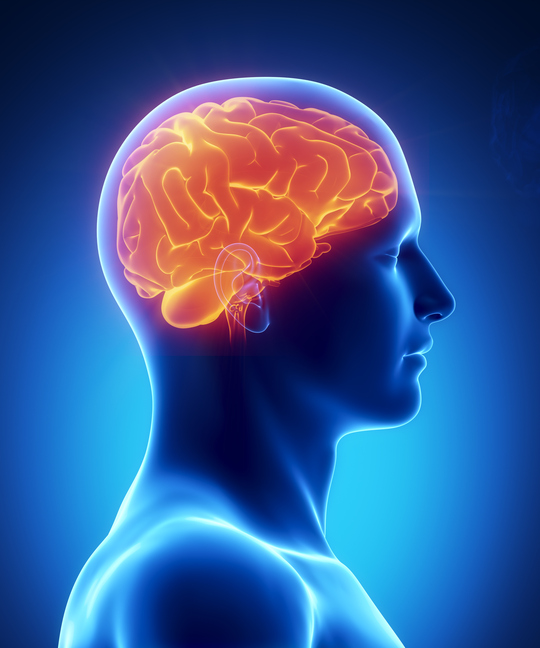
The saying goes, “practice makes perfect.” However, in the world of physical therapy and motor learning it is, “perfect practice makes perfect and permanent.” Perfect rehearsal, over time, allows the athlete to transfer the movement to competition at game speed. For example, in basketball, great shooters have mastered the movement pattern that allow them to repeat their perfect shot almost every time, under high levels of stress at game speed. All-time great basketball shooters such as; Steph Curry, Larry Bird, JJ Redick, Steve Nash, Reggie Miller, and Ray Allen, used the physical therapy motor learning principle of neuroplasticity to become NBA elite shooters.
Neuroplasticity refers to our brain remodeling, adapting, organizing, and learning after the practice of a motor skill or movement pattern. Neuroplasticity is a basic principle used daily with my physical therapy patients in helping them to create and acquire efficient movement patterns to optimize function. For example, in rehabilitation following a knee surgery the individual uses neuroplasticity principles in order to learn how to walk, run, and jump again. The principles of neuroplasticity can also be used by trainers and coaches to help their athlete improve fundamental skill that can ultimately enhance sports performance, like the perfect basketball jump shot or baseball swing.
Coaches and trainers need to realize that our brains are in a constant state of adapting and learning. Whatever movement the athlete performs repetitively will be learned, correct or not. Interestingly, the optimal window of learning for motor control and neuroplasticity is prior to puberty. So… it is important start training proper shot mechanics and other motor skills early in the child’s sports skill development.
When first performing a novel task or movement, the brain and motor system is not in sync, and the movement is often of poor quality. For example, try shooting a basketball or throwing a baseball with your non-dominate hand. When an athlete repeats a specific movement over and over again, the neuroplasticity of the brain records these movement patterns in what’s called an engram. When the engram is performed at near perfect mechanical form the athlete will have the greatest chance for cross over to the sports specific movement desired. I.e. The “perfect jumper”.
We often think of this type of learning as “muscle memory”, however, this is a misnomer. Research has shown that the engram or “muscle memory is created in the grey matter of the brain (motor cortex). During movement, the brains grey mater sends messages to the muscles, through the nerves via electric signals. The muscles role is to execute the movement. The type of the muscle (slow twitch to fast twitch) the individual has can play a significant role in how the movement is performed and the ultimate functional goal. The amount of speed, power (force times velocity) or endurance the muscle can exert will dramatically affect the outcome of movement. Think of the basketball player who explodes to the basket to dunk a ball. The muscle type allows that powerful, explosive movement. It is the brain that coordinates and controls the movement pattern. The muscle type is primarily genetic based but it can be trained to some extent.
In part II of the “Proper Training of the Brain is the Key to Developing Skill in Sports” I will review how physical therapists go about training and perfecting novel movement patterns to improve movement and sports performance.
We can help!
Relieve pain and increase function, start living today!
Call 610-327-2600 for a FREE Phone Consultation
Visit our website at www.mishockpt.com.
Call 610-327-2600 to Schedule your appointment today, at one of our 6 convenient locations in Skippack, Gilbertsville*, Barto, Phoenixville*, Pottstown, and Limerick* (inside the Spring Valley YMCA).
Appointments available 7:00am to 8:00pm, ALL locations, most days
*Saturday Hours
Dr. Mishock is one of only a few clinicians with doctorate level degrees in both physical therapy and chiropractic in the state of Pennsylvania.
